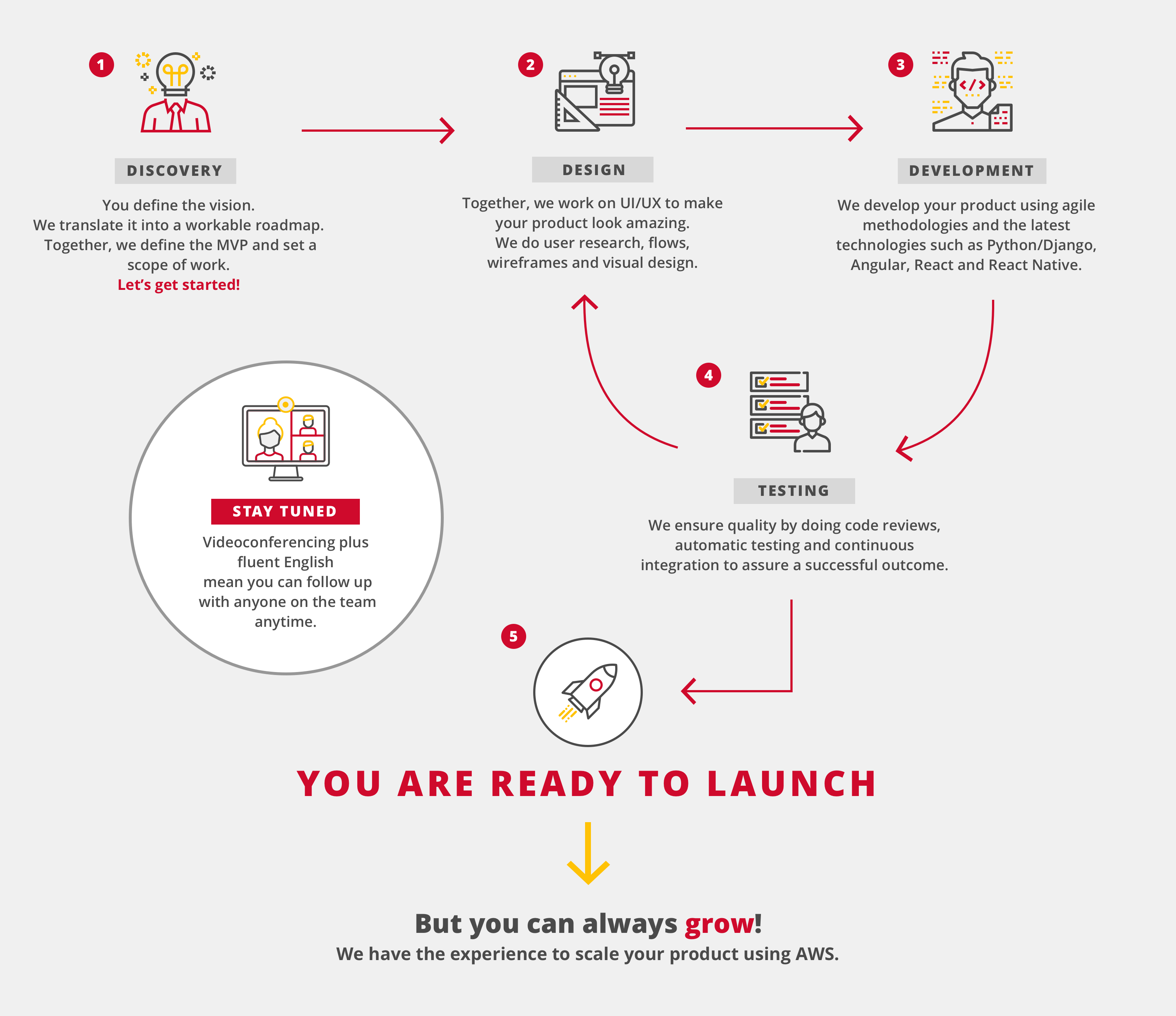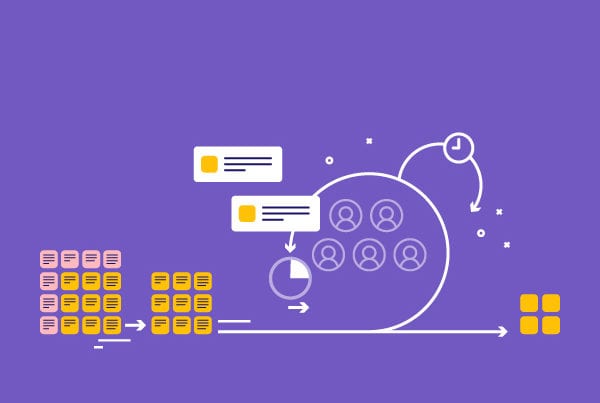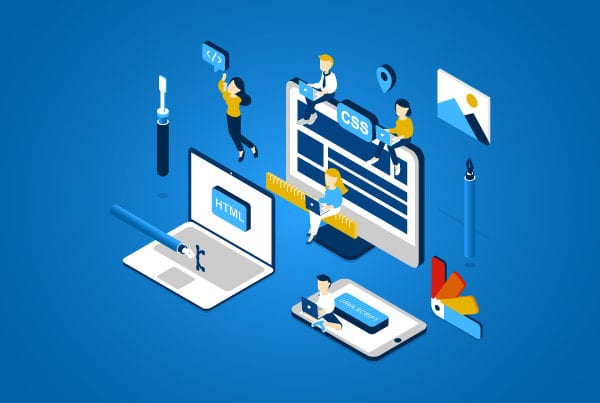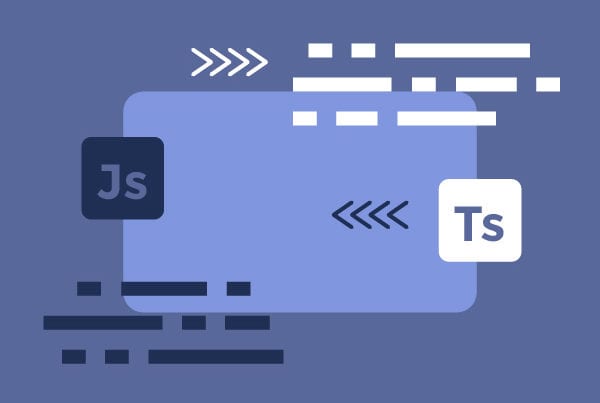Discovery Phase Introduction
In a previous article, we discussed the importance of an MVP (minimum viable product) for the success of your project. We talked about how building a basic version of your app or website validates your idea while decreasing risk, saves you both money and time, and can also help you sway investors. Well, we could say the discovery phase is the first step towards building the best MVP and, today, we’d like to walk you through it.
What is a Discovery Phase?
The discovery phase is basically the research phase for your project; it is intended to fully scope and plan its requirements. The goal of the discovery phase is to gain a deep understanding of the project’s needs by developing increasingly detailed specifications. As a result, once it’s done, you should have the user interface design of your mobile app or website, a list of requirements for your MVP, an estimated cost for your project, and a project plan.
What information do I need?
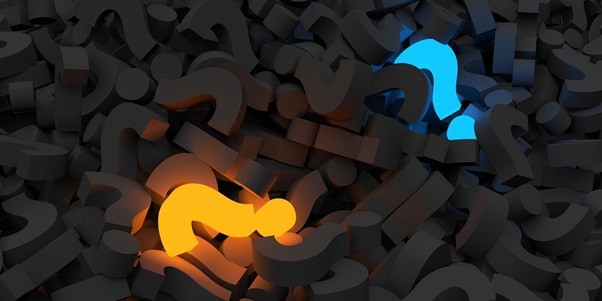
The discovery phase entails asking yourself some questions regarding your project to come to an evidence-based result instead of relying solely on assumptions.
During this phase, you should be asking two kinds of questions. The first is project-focused questions such as: What are the business goals? Who are the stakeholders and what are their goals and needs? What would be considered a success? What are the budget and timeframe? What are the likely complications or risks? What is the current state of the project? And where do we want to take it to? The second kind is solution-focused questions like: Who are my competitors? What solutions exist today? Who are the end users? What are the current industry best practices?
These, along with other questions, aim at giving you a full overview of the landscape of your project and decreasing uncertainty and risk for the product development stage that will follow.
What does it entail?
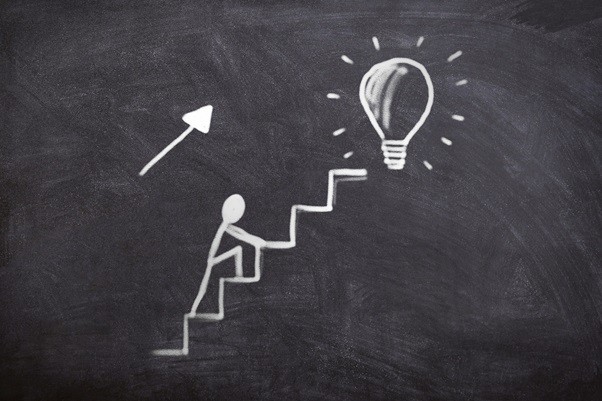
A discovery phase usually involves several actors such as a facilitator or conductor, a strategist, a project manager, a developer, and a UX designer, as well as, of course, the client.
Once you have the team ready, you will need to organize it and go over procedures, tools and guidelines for communication, tasks, and a timetable in order to draft a discovery phase plan. After this, you will need to learn everything you can about the product and about the main competitors. However, don’t focus on competition alone, you will also need to do your research on whether there are any other operational processes that may affect the final product. Your next step is to schedule interviews with client specialists (for any questions or extra information required) and with product users if the app or website is already up and running. If it’s not, you should alternatively focus on researching your target audience. Finally, you’ll need to put all of this information together to define stakeholders and users’ pain points, set priorities, suggest solutions for any problem that has arisen, and create a roadmap towards the final project.
Why do I need one?

Though a discovery phase is not compulsory, it is highly advisable. Here are some of the benefits of carrying out a discovery phase:
- Develop a good client-developer relationship from the get-go: instead of undertaking a longer process to gain each other’s trust, the discovery phase allows teams and clients to showcase their skills and strengths right from the start and show all they have to offer while making sure they are well suited to work together.
- Create purpose and direction for the project: for any project to succeed it is important to understand what you’re aiming at and set a clear path to follow. This is precisely what this process is about, allowing you to align your team around a shared vision.
- Validate requirements through evidence instead of assumptions: this means you will know exactly what you need. Nothing more, nothing less. There shouldn’t be any big surprises later on that affect the budget or timeline.
- Create a balance between your business goals and what your users want or need: it comes as no surprise that, in order to reach your business goals, you need to keep users happy. By taking both sets of stakeholders into account, you are a few steps closer to success.
- Clearly define the project with time and cost estimates: knowing everything you need and being prepared for potential issues makes it easier to develop a detailed plan that will help you define a more accurate budget and timeline.
- Define potential issues or roadblocks: a comprehensive overview of all your project’s aspects will allow you to get a clear idea of any problems that may arise during development and come up with a risk management plan to deal with them or even prevent them altogether.
- Lower risk of changes during development: if you study your audience, what works and what you need to get there, you’ll avoid having to do a 180º in the middle of development which will definitely cost both time and money.
Conclusion and next steps
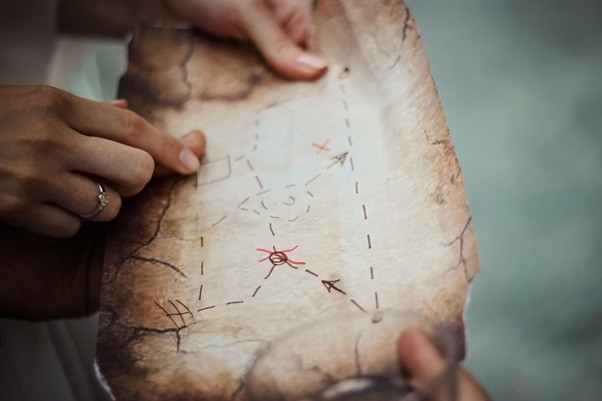
A discovery phase is your star tool to guide your way into a successful project. You may consider it too much of a hassle, but remember that an investment now may save you a lot of money and time in the future.
Once the discovery phase is completed, if the results and the proposal look promising, it’ll be time to design your product, build your MVP, and test it. As you know, work doesn’t just stop there as you will test and keep working on your app or website to refine it and make the best possible product.



